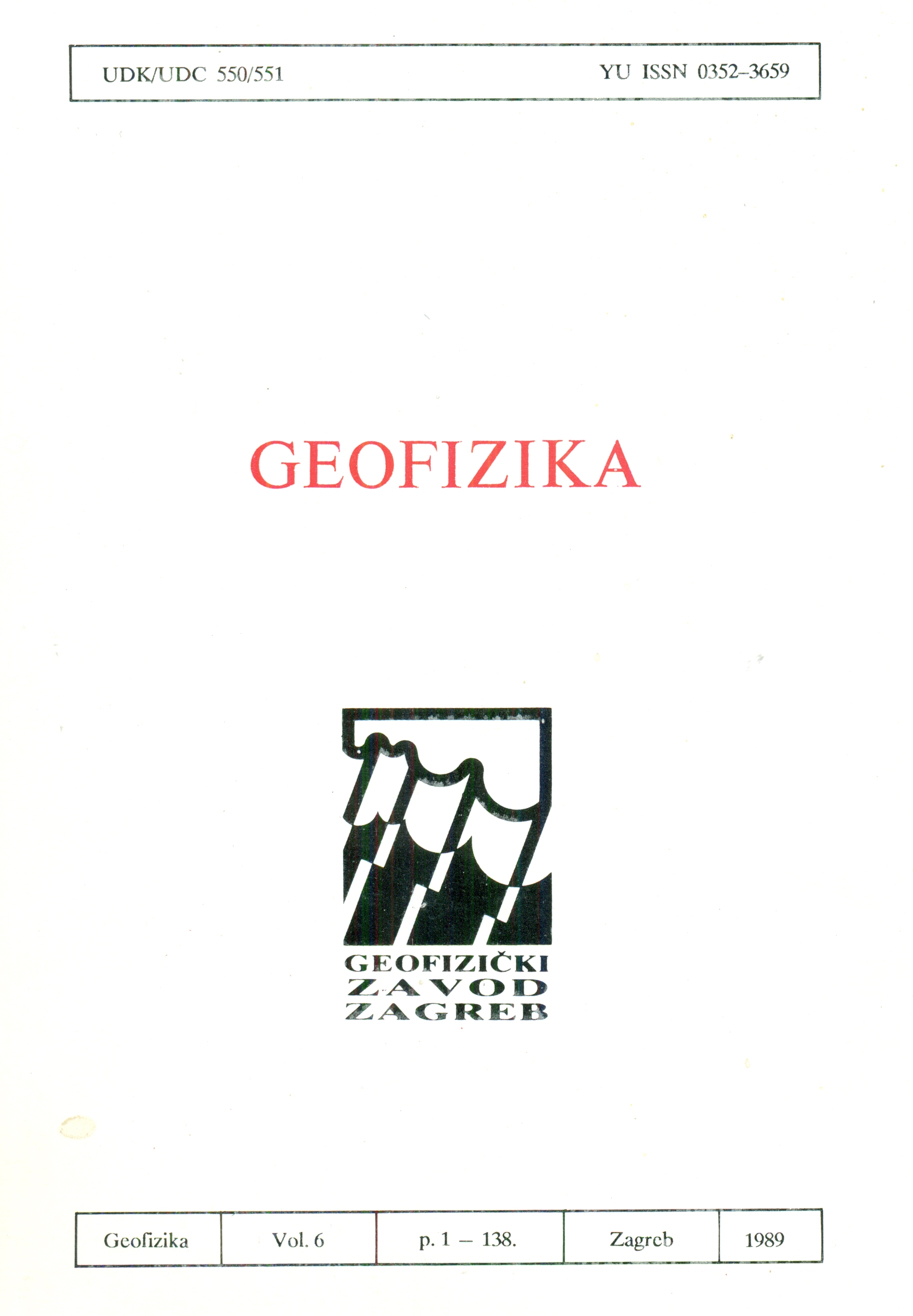The cooling rates comparison between the longwave radiation and turbulence in nocturnal planetary boundary layer
(in Croatian)
Abstract
It is shown that the process of the air-cooling is dominated by the divergence of the longwave radiative flux in cases of night-time clear-sky conditions and with weak wind conditions.
The parameterization of the longwave radiative flux divergence is derived according to the emissivity concept and the Stefan-Boltzman law, assuming that the water vapor is the only absorber of longwave radiative. The parameterization of the turbulent temperature flux divergence has been based on the O’Brien’s K-profile.
In a very short time increment, the effect of the turbulence is probably greater than the radiative effect, but very stable conditions and the absence of significant advection during the night change this hierarchy, and pure longwave radiative effect, like a slow-diffusive process, prevail in the total cooling rate according to the theory and experiments.
The model was tested on the Wangara experiment data. The model results agree well with observations, measurements and numerical simulations made by other authors.
Downloads
Published
Issue
Section
License
Copyright (c) 2021 Geofizika journal

This work is licensed under a Creative Commons Attribution-NonCommercial 4.0 International License.

